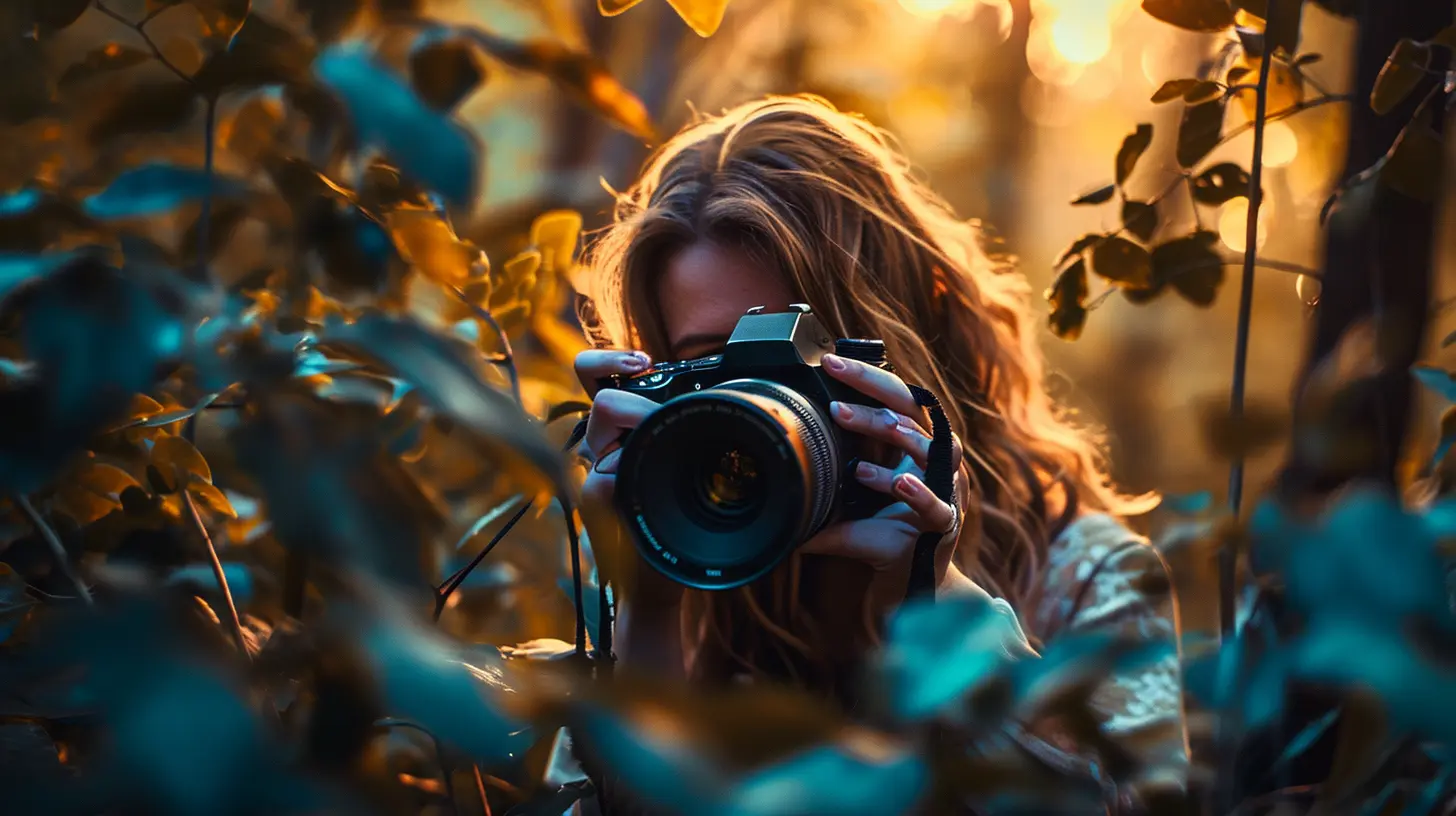Behind the Lens- Understanding the Basics of Photography Edits

Photography editing plays a crucial role in shaping the final outcome of an image. It allows photographers to enhance the colors, tones, and overall aesthetics to create a more visually impactful and appealing image. By making adjustments to contrast, exposure, and sharpness, photographers can elevate the visual appeal of their photos and convey the intended mood or message. Editing also provides the opportunity to correct imperfections, remove distractions, and emphasize key elements within the frame. Ultimately, the editing process is an essential part of the photography workflow, enabling photographers to transform their raw captures into stunning, polished works of art.
Understanding Exposure Adjustments
Understanding exposure adjustments in photography is crucial for creating high-quality images. Exposure adjustments refer to the manipulation of light and darkness within an image to achieve the desired level of brightness and contrast. By adjusting exposure, photographers can enhance the overall image quality by ensuring proper lighting and preventing overexposure or underexposure. This can be achieved through adjustments to the aperture, shutter speed, and ISO settings, allowing for a well-balanced exposure that captures the scene as intended. Additionally, exposure adjustments can bring out details in shadows, highlight textures, and create a more visually appealing composition. Mastering exposure adjustments provides photographers with the ability to control the mood and impact of their photos, leading to stunning and professional-looking imagery.
Exploring Cropping Techniques
Cropping plays a significant role in photography edits as it allows photographers to refine the composition and framing of their images. By adjusting the size and dimensions of the photograph, cropping can help eliminate distracting elements, draw the viewer’s attention to the main subject, and create a more balanced and visually appealing image. Moreover, it enables photographers to experiment with different aspect ratios, such as square or panoramic, to enhance the overall aesthetic of the photo. Whether it’s for fine-tuning the composition or emphasizing the focal point, mastering the art of cropping is essential in conveying the photographer’s vision effectively.
Mastering Sharpening Tools
When it comes to mastering sharpening tools in photography, there are a few key techniques to keep in mind to enhance the details and clarity of your images. Firstly, it’s crucial to understand the difference between global and local sharpening. Global sharpening affects the entire image uniformly, while local sharpening allows you to target specific areas for enhancement. Experiment with the sharpening amount and radius to find the right balance - too much can result in unnatural, over-sharpened details, while too little may leave the image looking soft. Additionally, utilize masking to apply sharpening selectively to areas that require added clarity, such as intricate textures or fine lines. By understanding these fundamentals and practicing with different images, you can effectively use sharpening tools to elevate the quality of your photographs.
Conclusion and Next Steps
In conclusion, mastering the basics of photography edits is a crucial step towards achieving impactful and polished photos. By understanding the key concepts of exposure, color correction, and composition, you can elevate your images to the next level. As you continue to practice and explore different editing techniques, you’ll gain valuable insights and develop your own unique style. Keep experimenting with various editing software and tools, and don’t be afraid to push the boundaries of your creativity. Remember, the more you immerse yourself in the world of photography edits, the more refined your skills will become. So, grab your camera, unleash your creativity, and start editing!
